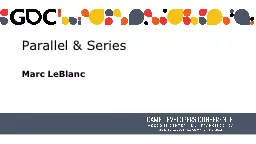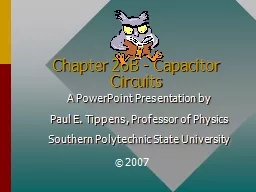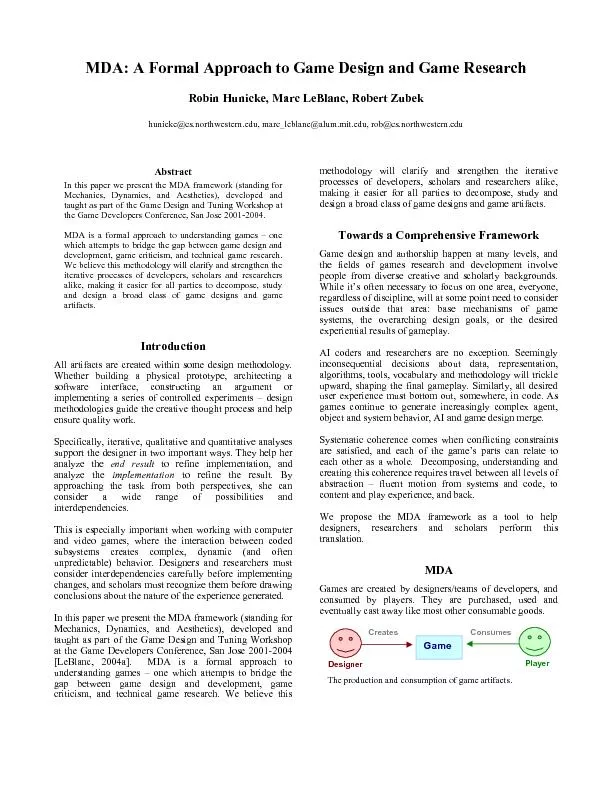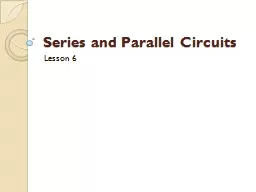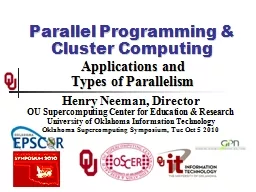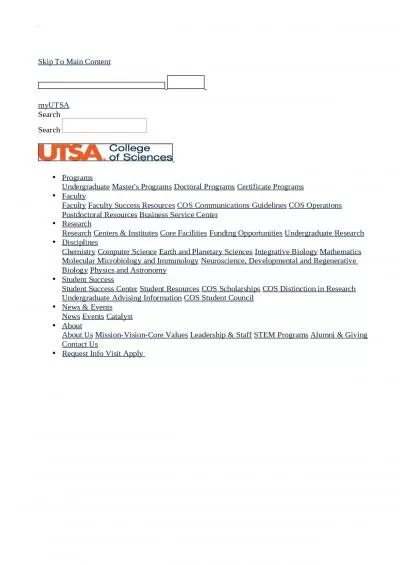PPT-Parallel & Series Marc LeBlanc
Author : mindeeli | Published Date : 2020-08-05
Topic Linked Game Systems Large games are networks of systems Systems are often smaller games Dynamics emerge from network topology Exercise Create some small
Presentation Embed Code
Download Presentation
Download Presentation The PPT/PDF document "Parallel & Series Marc LeBlanc" is the property of its rightful owner. Permission is granted to download and print the materials on this website for personal, non-commercial use only, and to display it on your personal computer provided you do not modify the materials and that you retain all copyright notices contained in the materials. By downloading content from our website, you accept the terms of this agreement.
Parallel & Series Marc LeBlanc: Transcript
Download Rules Of Document
"Parallel & Series Marc LeBlanc"The content belongs to its owner. You may download and print it for personal use, without modification, and keep all copyright notices. By downloading, you agree to these terms.
Related Documents

